All about the musical instrument viola
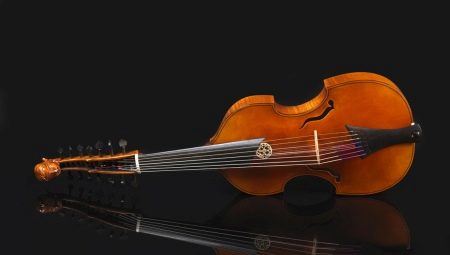
Viola (from Italian viola) is a whole family of stringed bowed musical instruments, known at least since the 15th century. Undeservedly forgotten in the 18th century. and having experienced a rebirth in the 20th century, viols continue to delight connoisseurs of academic music and increasingly attract the attention of composers.
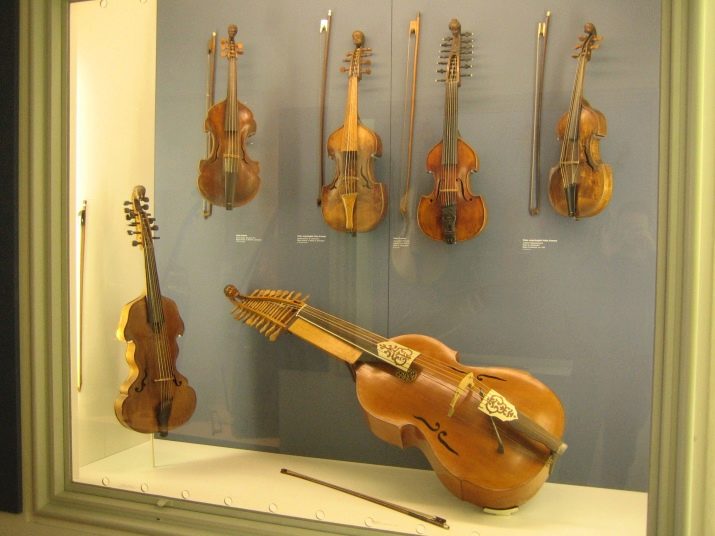
Origin story
It is known for certain that at the turn of the 16th and 17th centuries, a new musical instrument was made by the Italian master Lituer. For its basis, the author took the Spanish vihuela, which he left with the previous system, but changed the shape of the body and neck. Further, no fundamental changes were made to the design, and the instrument existed in its original form for about 200 years. Throughout the Renaissance, the melodic sound of violas could be heard at church services, aristocratic receptions and festivals.
In comparison with the violin, the viola occupied a higher position - they were considered a noble instrument of the nobility, while the violin was more an instrument of the streets.
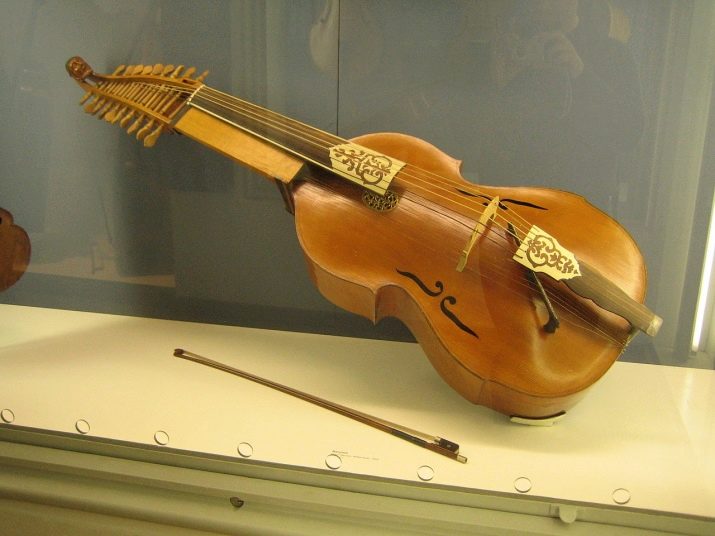
The first viols were quite bulky, which made it possible to play them only while sitting. At the same time, the performer had to hold the instrument vertically, resting it on the thigh or holding it between the knees. This viola received the prefix "da gamba", which means "leg" in Italian.
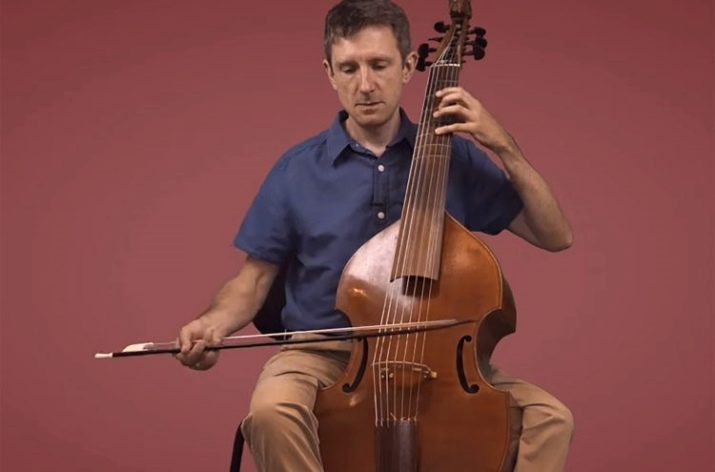
A little later, smaller instruments appeared, which were placed on the shoulder when playing. They received the prefix "da braccio", which means "by hand".
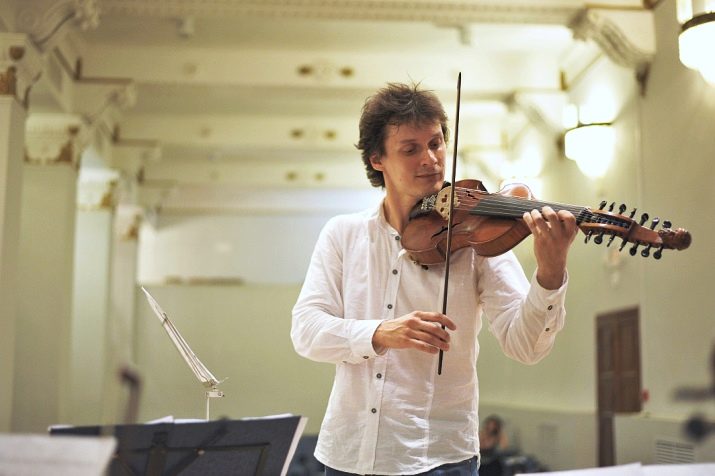
The sound of the viola was so melodic that in neighboring countries they quickly appreciated the new instrument and even made some changes to it. So, the French, in order to enhance the sound, began to install strings on it, made using a new technology.They wrapped ordinary catgut strings with silver wire and twisted them.
In addition, it was the French masters who added one more string - the bass one, thus making a 7-stringed instrument out of a 6-stringed instrument.
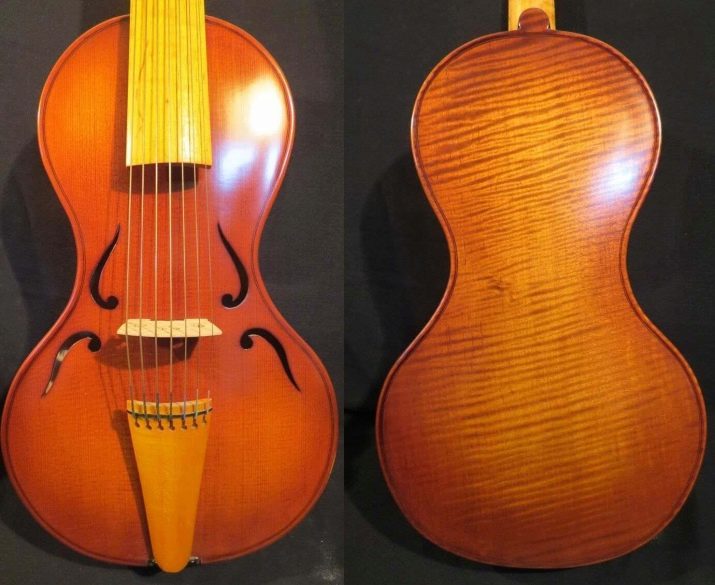
The heyday of the viola's popularity in Europe is rightfully considered the beginning of the 17th century. It was during this period that the instrument made a wide stride among the aristocratic masses, and almost every wealthy family had several copies of different sizes at once. Great contribution to the development of viol music was made by England, whose composers wrote, perhaps, the largest number of compositions for viola.
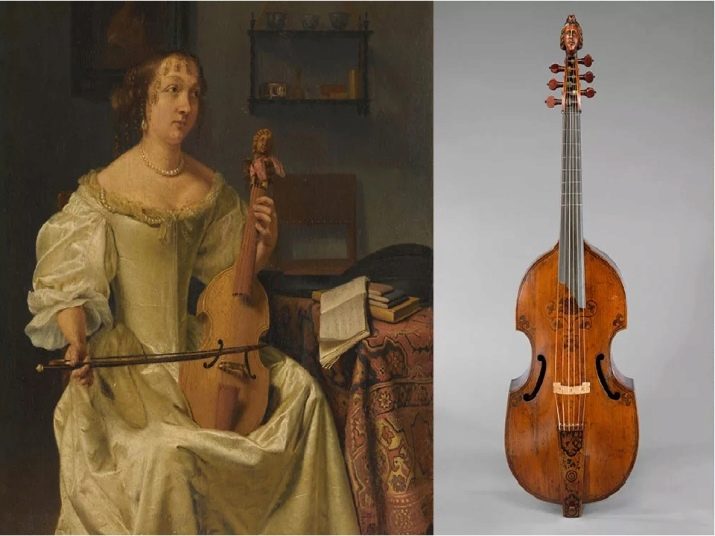
However, in the middle of the 18th century, the good old viola faded into the background and gave way to a fashionable violin. The audience preferred the bright and juicy violin sounds to the soft and muffled timbre of the viola, leaving the old instrument to undeserved oblivion. Among the last outstanding violists of that time, it is worth noting Haydn's contemporary and colleague - Karl Friedrich Abel, with whose death the instrument disappeared from the professional academic scene for more than a century.
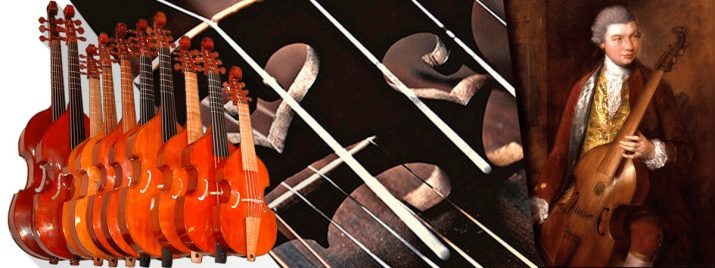
The revival of the viola took place only in the first half of the 20th century through the efforts of such great musicians as Paul Grummer, Christian Debereiner and August Wenzinger. It was they who returned the instrument to concert stages and gave it a second life. Throughout the 20th century, a slow but steady recovery of the professional performing school took place, and today the viola is represented in the leading conservatories in Europe and America.
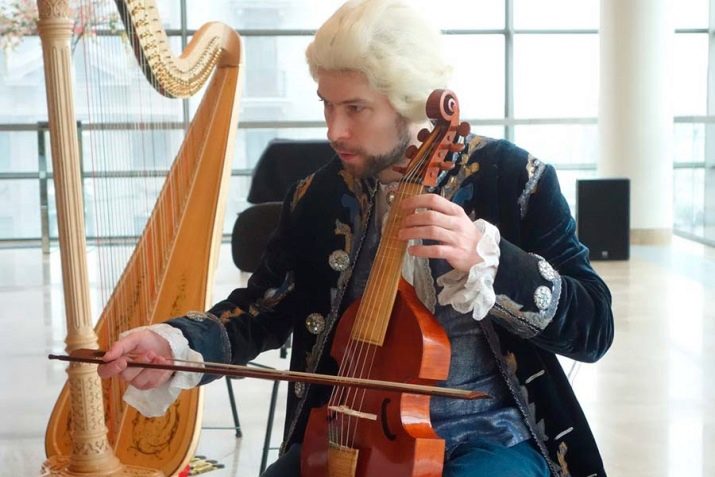
Varieties
The instruments of the family can be classified according to size, number of strings, timbre, proportions, scale and register.
-
The sizes of the first viols were quite varied. Among them, there were both medium-sized models and rather large samples. And only by the 16th century, with the advent of viola da gamba and da braccio, the sizes were mainly standardized.
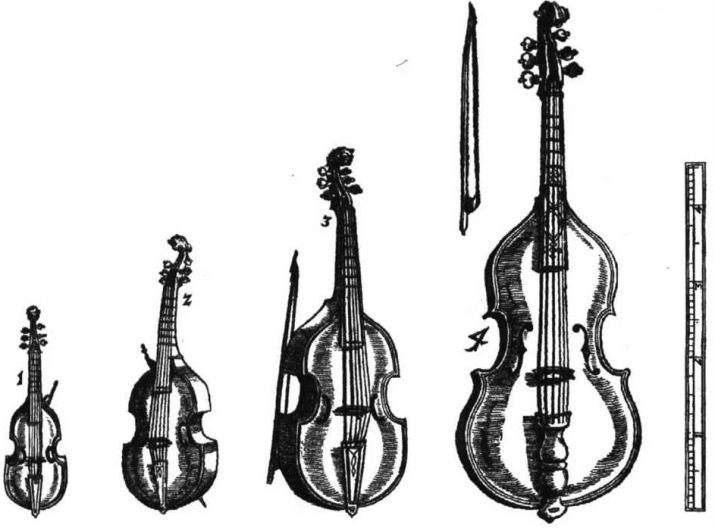
- The number of strings has changed over time. If the very first instruments had 5 strings, then in later samples their number reached 6 or even 7 pieces. Moreover, to improve the sound under ordinary strings from the veins, the craftsmen pulled metal strings, the so-called resonant strings. They were not intended to be played and began to sound when the main strings vibrated, giving the sound a unique, mesmerizing timbre color.
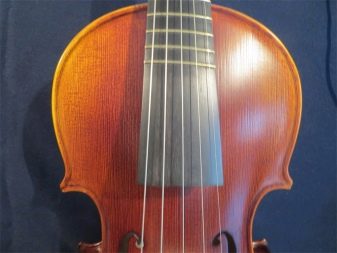
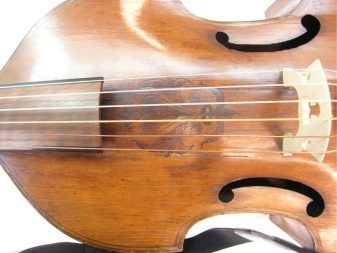
- As for the proportions, then, for example, in da gamba models, the length of the strings relative to the body was slightly less than the same ratio in the da braccio variety. The shoulders of the leg specimens were more sloping than those of the tame specimens, and the edging, on the contrary, was more massive and expressive.
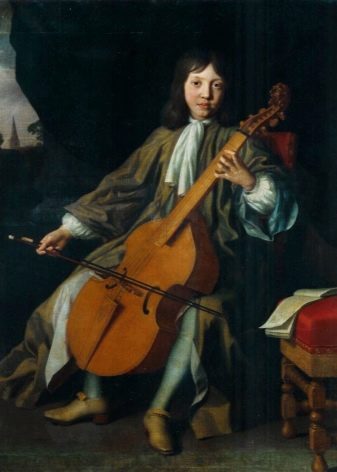

- By the end of the 17th century, viols began to be divided into sopranos, altos, tenors and basses., and the bass models were mainly used as an ensemble instrument, while the rest of the varieties were in demand for solo performances.
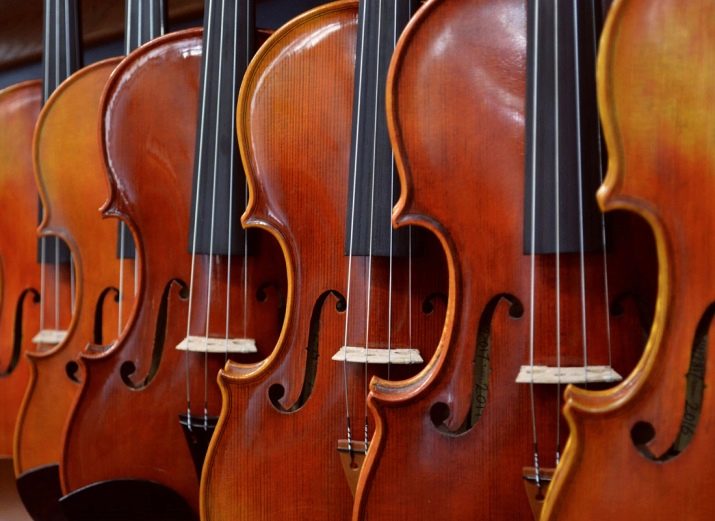
It should be noted that modifications of instruments are popular in different countries. For example, viola bastarda was a little more da gamba and was popular in England, and viola da bardone had 7 main, 15 resonant strings and was intended not only for playing with a bow, but also for pizzicato.
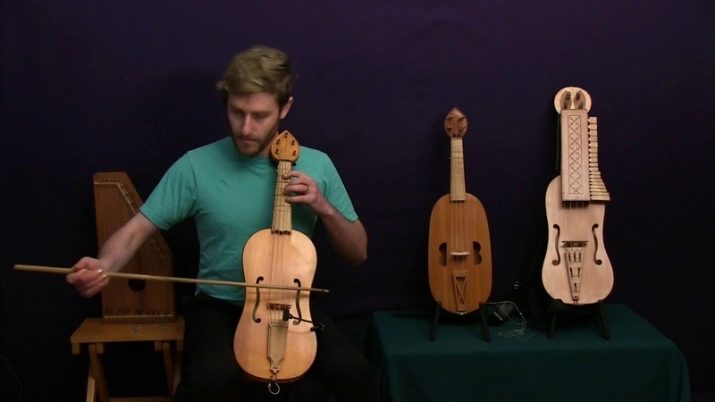
Viola pompose was invented by Bach and was slightly larger than the viola. Viola pardus was considered the smallest of the entire family and resembled a violin, and English violet was very similar to viola d'amore - a graceful tool for lovers.
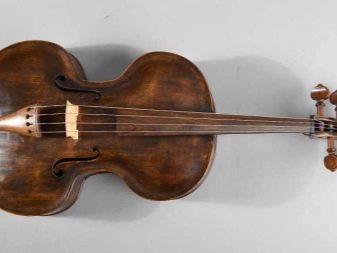
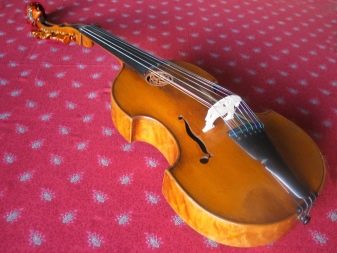
How does it sound?
Viola is distinguished by an unusually gentle and soft sound, often complemented by the sound of resonating strings.
An important difference between the sound of the viola and the sound of other bowed instruments is the ability to extract very subtle sound nuances, which in their dynamics could be compared only with the sounds of the harpsichord.
Melodies for viols were recorded mainly in mensural notation with the use of lute tablature. Due to their excellent sound, viols were often used as a solo instrument in academic orchestras, and richercars, suites and madrigals were composed specially for them.
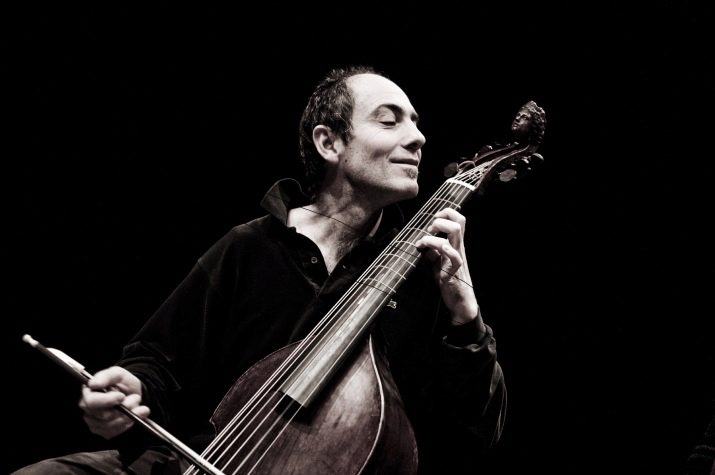
Interesting Facts
There are many amazing facts associated with the viola family, here are the most interesting ones.
-
Famous English painter Thomas Gainsborough I always dreamed of retirement in a deserted village and playing the viola to his heart's content.

-
Master John Rose used carving in the manufacture of toolsdecorating vulture heads with images of people and animals.
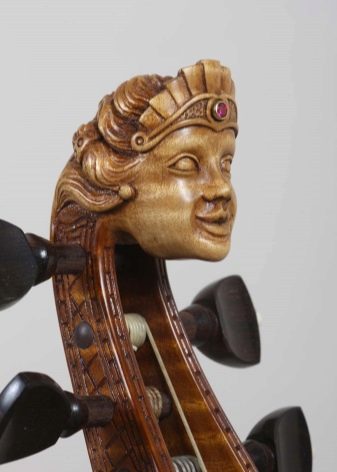
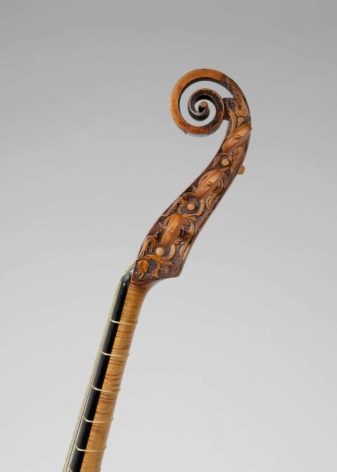
- The collection of Louis XIV viols consisted of 24 items. In addition, the "sun king" played well on them.

- The English tyrant king Henry VIII was also quite virtuoso in his instrument.... And his collection consisted of 19 items.
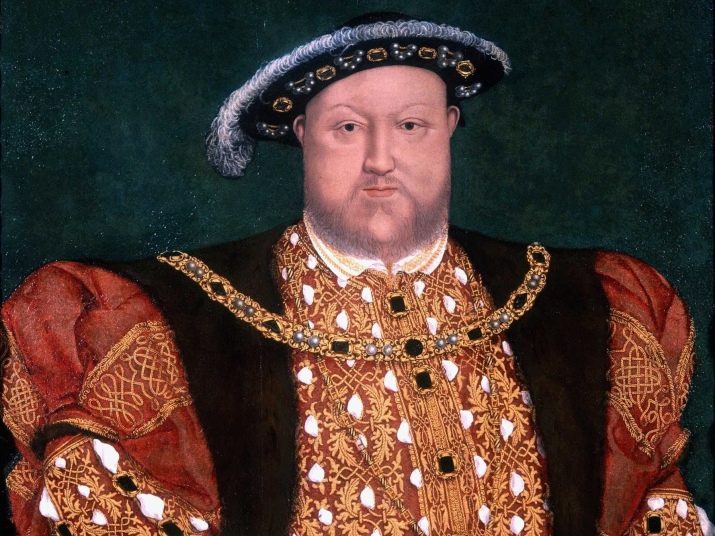
- Composer Joseph Haydn to please his master, Prince Esterhazy, a great admirer of violas, he wrote 126 compositions for this instrument.
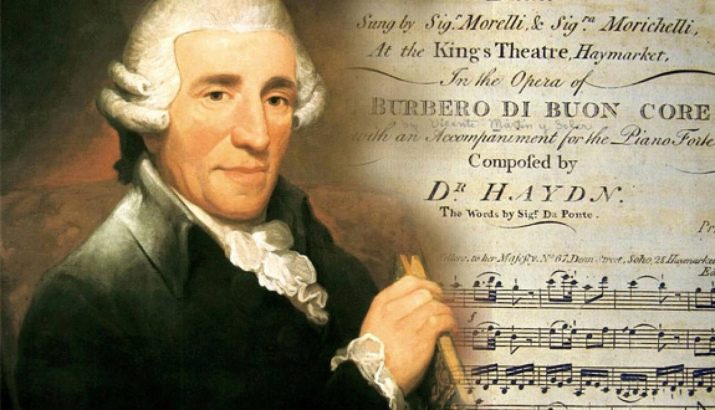
You can hear viola da gamba in the next video.








